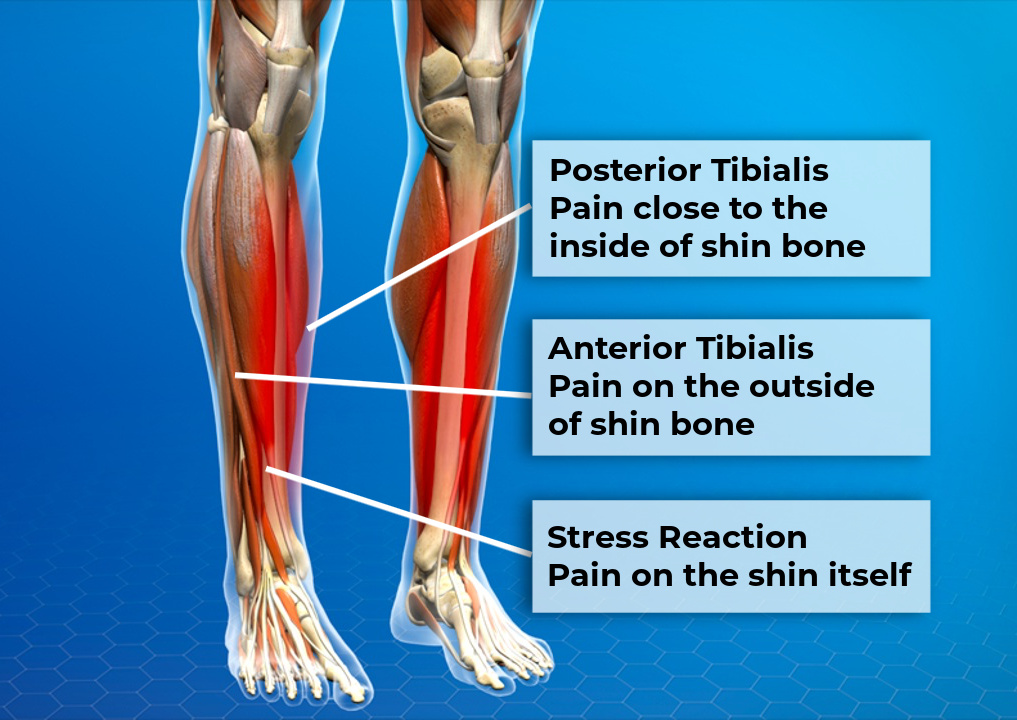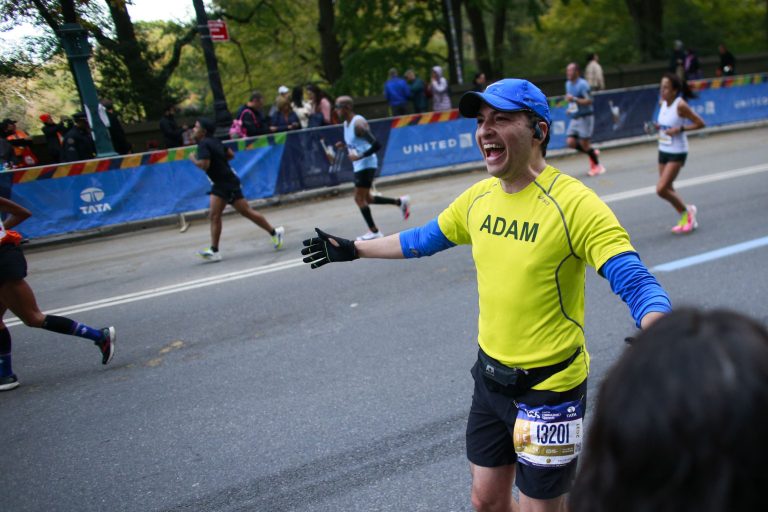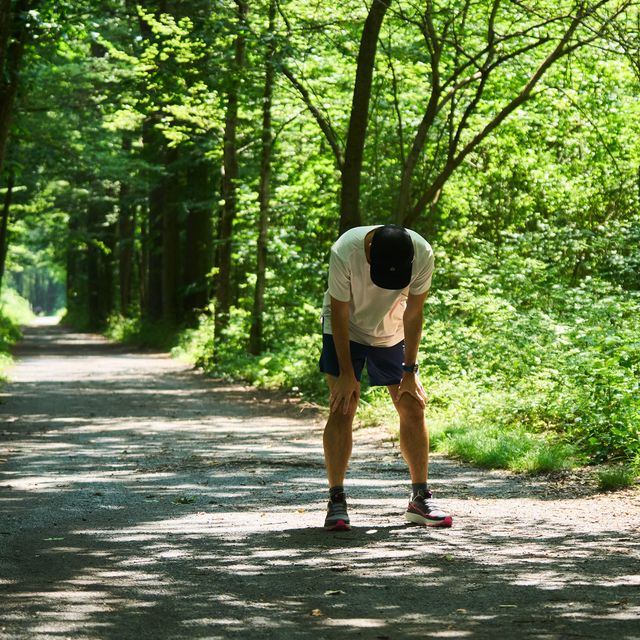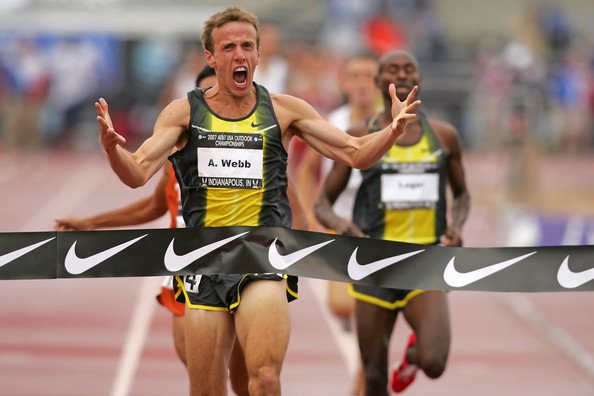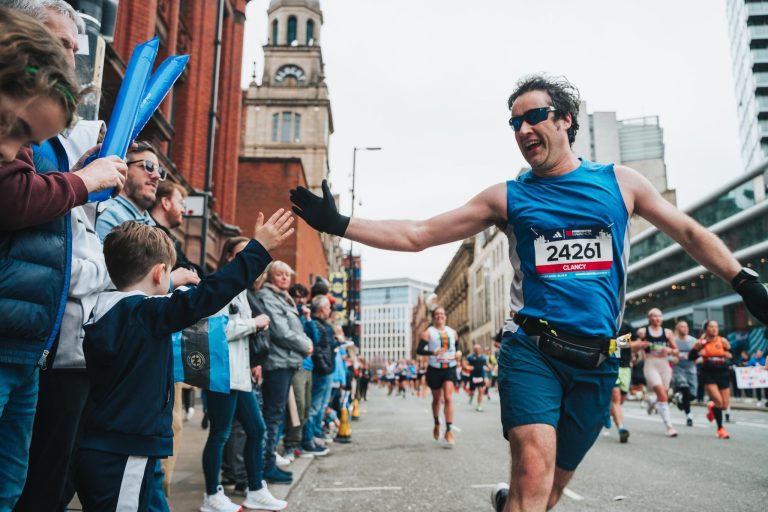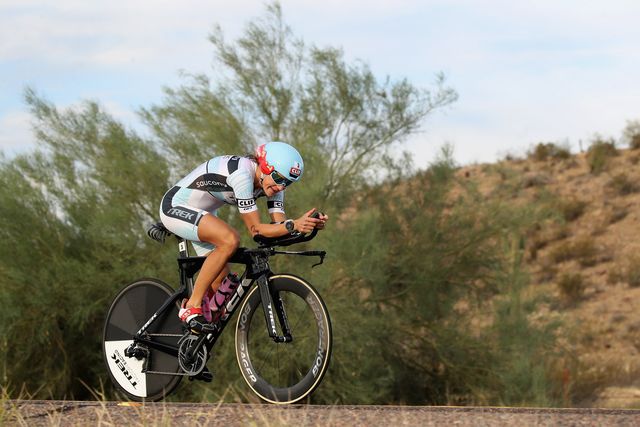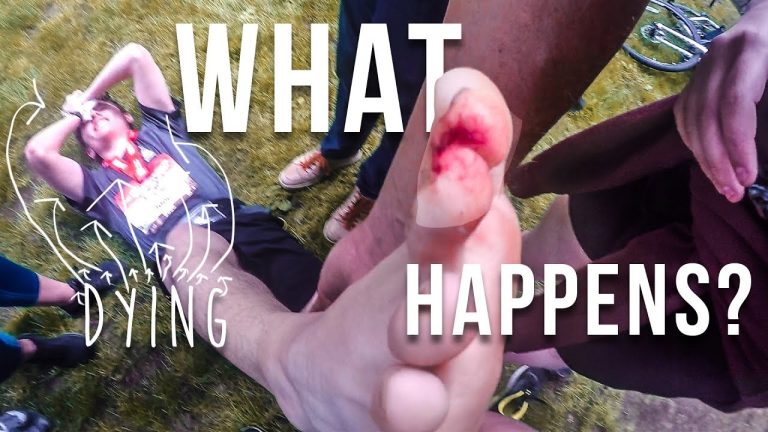How to Get Rid of Shin Splints: Treat And Fully Recover
To get rid of shin splints, rest, ice, elevate, and compress the affected area. Strengthening exercises and proper footwear can help prevent future occurrences.
Shin splints are a common overuse injury that often occur in runners and athletes who engage in high-impact activities. The condition causes pain along the shin bone due to inflammation of the muscles, tendons, and surrounding tissues. Fortunately, with the right treatment and recovery plan, you can overcome shin splints and return to your regular activities pain-free.
We will explore effective ways to treat shin splints, strategies for a full recovery, and tips for preventing future flare-ups. Let’s dive into how you can address this painful condition and get back on your feet quickly.
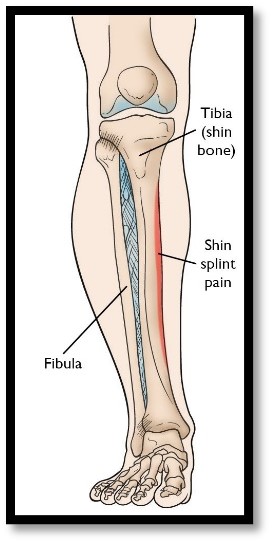
Credit: www.wdhospital.org
Understanding Shin Splints
If you’ve ever experienced aching, throbbing pain in your shin area while running or exercising, you may have had a run-in with shin splints. Understanding the nature of shin splints, their causes, and how to treat and fully recover from them is essential for any athlete or fitness enthusiast.
What Are Shin Splints?
Shin splints, also known as medial tibial stress syndrome, are a common overuse injury that occurs along the inner edge of the tibia, the large bone in the lower leg. They typically result from repetitive, high-impact activities such as running, jumping, or dancing.
Causes Of Shin Splints
Shin splints can be caused by a combination of factors, including improper footwear, overuse, sudden increase in training intensity, and poor running mechanics. They frequently occur in athletes who have recently intensified or changed their training routines.
Symptoms Of Shin Splints
Shin splints can cause considerable discomfort and hinder your physical activities. Recognizing the symptoms of shin splints is crucial for proper treatment and recovery.
pain And Tenderness
Dull ache along the inner edge of your shin bones during or after exercise.
Increased pain when pressure is applied to the shin area.
swelling And Inflammation
Swelling around the lower leg.
Redness and heat in the shin area due to inflammation.
Preventing Shin Splints
Preventing shin splints is essential to maintain healthy lower legs and avoid discomfort during physical activities.
Choosing Proper Footwear
Wearing appropriate shoes with good arch support can help prevent shin splints by providing cushioning and stability.
Gradually Increasing Intensity
Avoid sudden spikes in activity level; instead, slowly increase intensity to allow muscles to adjust.
Cross-training And Strength Training
Incorporate different exercises like swimming or cycling to reduce strain on shin muscles. Include strength training to improve muscle stability.
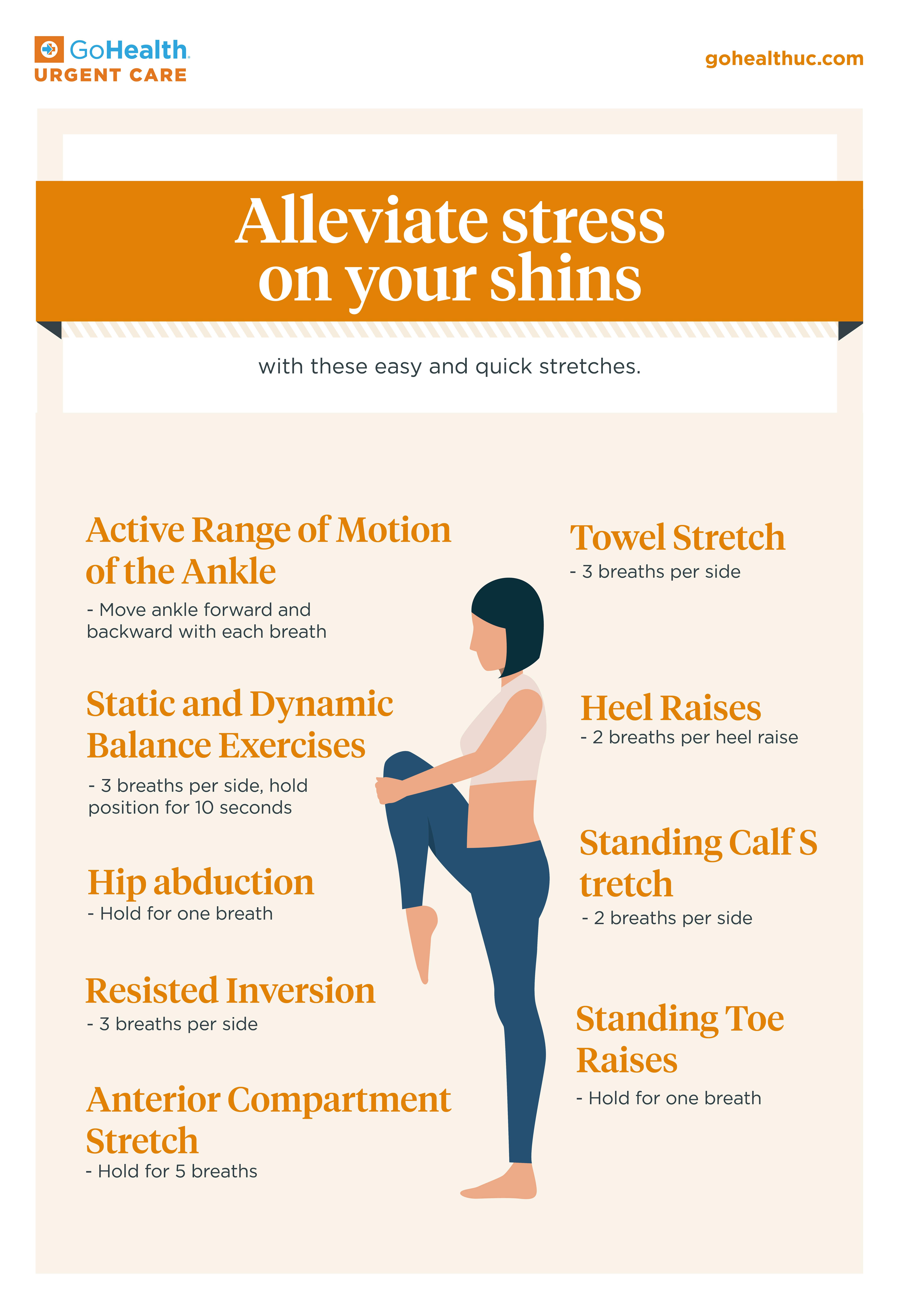
Credit: www.gohealthuc.com
Treating Shin Splints
Shin splints can be incredibly painful, but the good news is that they are treatable. Treating shin splints involves a combination of rest, ice, physical therapy, and the use of anti-inflammatory medications. These methods work together to reduce pain, promote healing, and prevent future occurrences of shin splints.
Rest And Ice
Rest is crucial for allowing the injured tissues in the shin to heal. It’s important to avoid activities that aggravate the condition. Ice can help reduce inflammation and alleviate pain. Apply an ice pack to the affected area for 15-20 minutes every few hours, especially after physical activity.
Physical Therapy
Physical therapy can play a vital role in recovering from shin splints. The right exercises and stretching techniques, under the guidance of a professional, can help strengthen the muscles of the lower leg while also improving flexibility. This can reduce the risk of future injury and promote a full recovery from shin splints.
Anti-inflammatory Medications
In some cases, anti-inflammatory medications can help alleviate the pain and reduce inflammation associated with shin splints. Non-steroidal anti-inflammatory drugs (NSAIDs) such as ibuprofen can be effective in managing discomfort. However, it’s important to consult a healthcare professional before using any medication to ensure it’s safe and appropriate for your individual situation.
Fully Recovering From Shin Splints
Shin splints can be incredibly painful and disruptive, making it difficult to continue with your regular activities. However, with the right approach, it is possible to fully recover from shin splints and get back on your feet. In this section, we will explore some effective strategies to help you bounce back from shin splints and regain strength and mobility in your lower legs.
Slowly Resuming Activities
One of the most important steps in fully recovering from shin splints is to slowly resume your regular activities. Trying to do too much, too soon after an injury can worsen the condition and prolong your recovery. Gradually increasing your activity level allows your body to adapt and build strength without overwhelming the affected muscles and tissues.
Consider following these steps when gradually resuming activities:
- Start with low-impact exercises like swimming or cycling to maintain cardiovascular fitness while minimizing stress on the shins.
- As your pain subsides, gradually incorporate short bouts of walking or jogging into your routine.
- Pay attention to any discomfort or pain during and after exercise. If you experience pain, it’s a sign to decrease intensity or duration.
- Always prioritize rest and recovery days to give your body time to repair and heal.
Stretching And Strengthening Exercises
In addition to gradually resuming activities, incorporating stretching and strengthening exercises into your routine can help speed up the recovery process.
Here are some helpful exercises to include:
| Exercise | Description |
|---|---|
| Calf Stretch | Stand facing a wall, place your hands on the wall, and step one foot back while keeping both heels on the ground. Lean forward until you feel a stretch in your calf. Hold for 30 seconds and repeat on the other side. |
| Towel Scrunches | Place a towel on the floor and scrunch it up using only your toes. Repeat this exercise for 10-15 reps on each foot. |
| Toe Raises | Stand with your feet shoulder-width apart. Slowly rise onto your toes, then lower back down. Repeat for 2-3 sets of 10-15 reps. |
These exercises help stretch and strengthen the muscles in your lower legs, promoting proper healing and preventing future shin splints.

Credit: physicaltherapyinsandiego.com
Frequently Asked Questions Of How To Get Rid Of Shin Splints: Treat And Fully Recover
How Do I Know If I Have Shin Splints?
Shin splints often present as pain along the front of your lower leg, specifically on the shinbone.
What Causes Shin Splints?
Shin splints are usually caused by activities that involve repetitive stress on the shinbone, such as running or jumping.
How Can I Treat And Recover From Shin Splints?
Treating shin splints involves rest, icing, compression, and elevation, along with stretching and strengthening exercises. Full recovery can take 4-6 weeks.
Conclusion
Understanding shin splints is crucial to properly treat and fully recover. By addressing the root causes, utilizing proper stretching techniques, and gradually increasing exercise intensity, individuals can find relief and prevent future issues. With dedication to a comprehensive recovery plan, it’s possible to return to activities with strong, pain-free legs.

